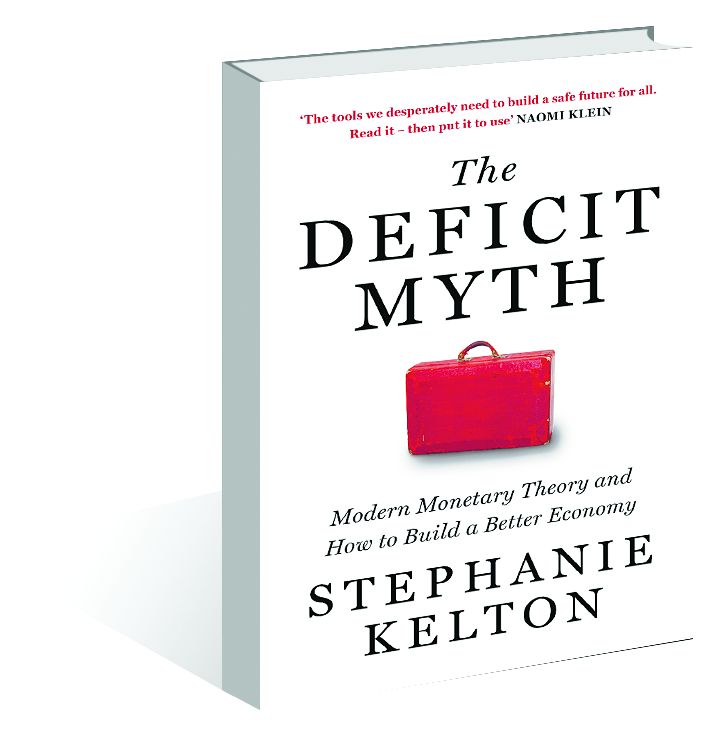

Rather than chasing after the misguided goal of a balanced budget we should be pursuing the promise of harnessing what MMT calls our public money, or sovereign currency, to balance the economy so that prosperity is broadly shared and not concentrated in fewer and fewer hands. And the way we have thought about them and treated them is often incomplete or inaccurate. 1 MMT changes how we view our politics and economics by showing that in almost all instances federal deficits are good for the economy.

The main arguments that I present apply to any monetary sovereign-countries like the US, the UK, Japan, Australia, Canada, and others-where the government is the monopoly issuer of a fiat currency. This book uses the lens of Modern Monetary Theory (MMT), of which I have been a leading proponent, to explain this Copernican shift.


When it comes to increasing our public well-being, we have far more options than we realize, but we desperately need to see through the myths that have been holding us back. A similar breakthrough is needed for how we understand the deficit and its relationship to the economy. After all, if we as individuals behaved the way the government behaves, we’d soon be bankrupted just like the image of a destitute Uncle Sam.īut what if the federal budget is fundamentally different than your household budget? What if I showed you that the deficit bogeyman isn’t real? What if I could convince you that we can have an economy that puts people and planet first? That finding the money to do this is not the problem?Ĭopernicus and the scientists who followed him changed our understanding of the cosmos, showing that the earth revolves around the sun and not the other way around. Based on how politicians across parties have railed against the deficit, it’s understandable why anyone would get enraged when thinking about our government behaving imprudently. Whether the policy debate is health care, infrastructure, education, or climate change, the same question inevitably arises: But how are you going to pay for it? This bumper sticker captured a real frustration and anxiety that exists over our nation’s fiscal affairs, particularly with the size of the federal deficit. Like the driver with this bumper sticker, many people have come to believe that our government is flat broke and that its budget is unable to tackle the most important issues of our time. He wore red-and-white striped pants, a dark-blue jacket, and a top hat adorned with stars. It featured a man, standing slightly hunched, with his pants pockets turned inside out. I remember when I saw a bumper sticker on the back of a Mercedes SUV in 2008 while I made my one-hour commute from Lawrence, Kansas, to my job teaching economics at the University of Missouri in Kansas City. It’s what you know for sure that just ain’t so. It ain’t what you know that gets you into trouble.


 0 kommentar(er)
0 kommentar(er)
